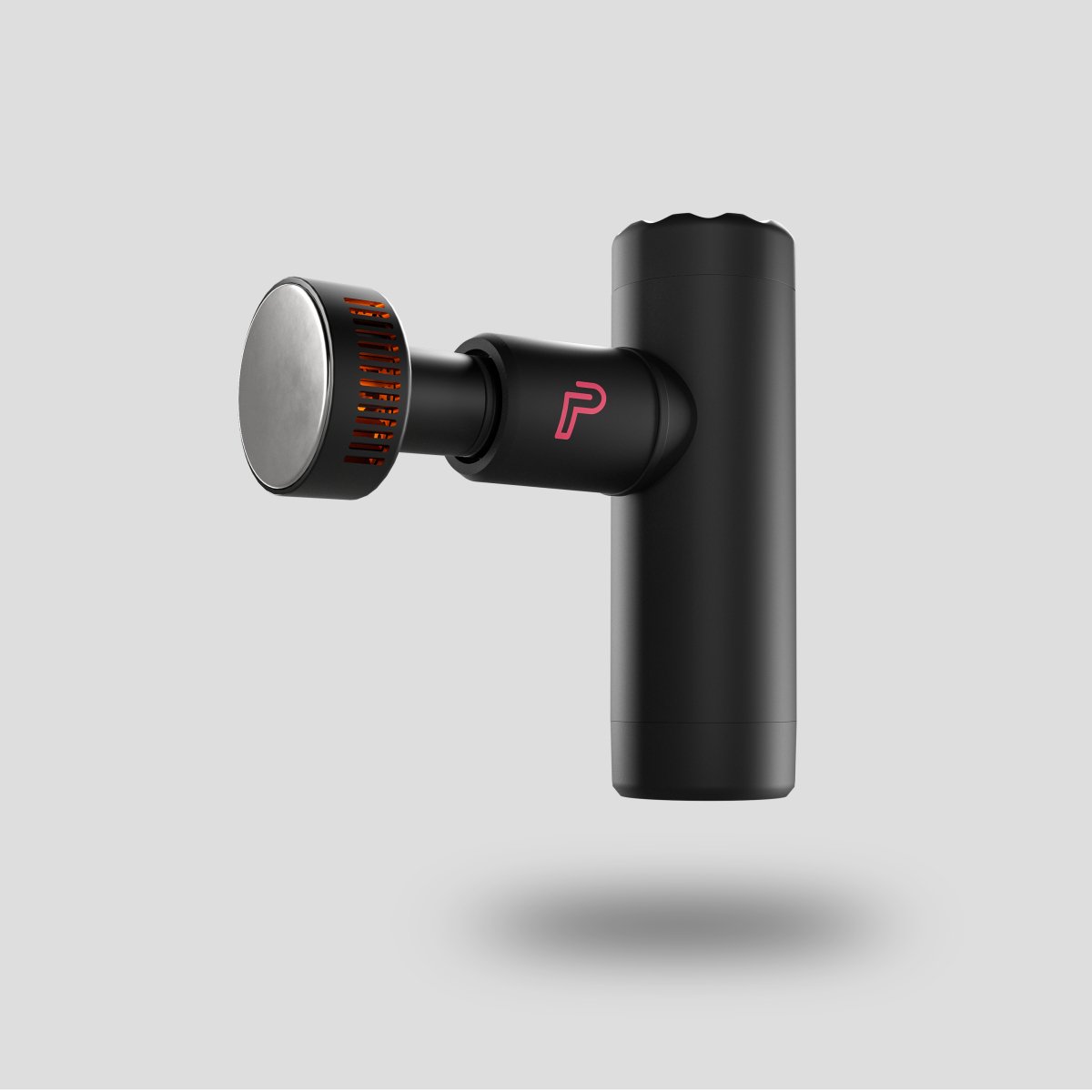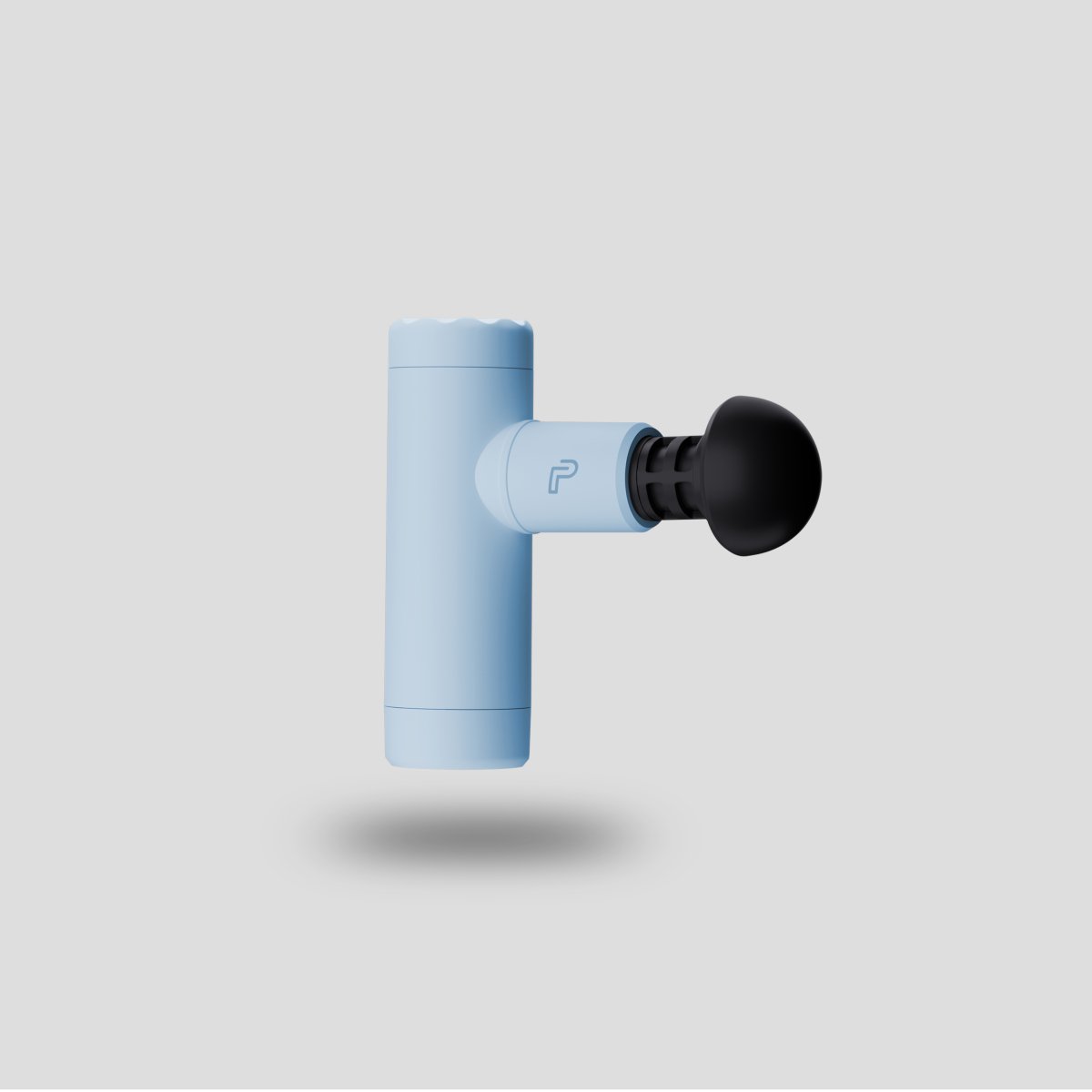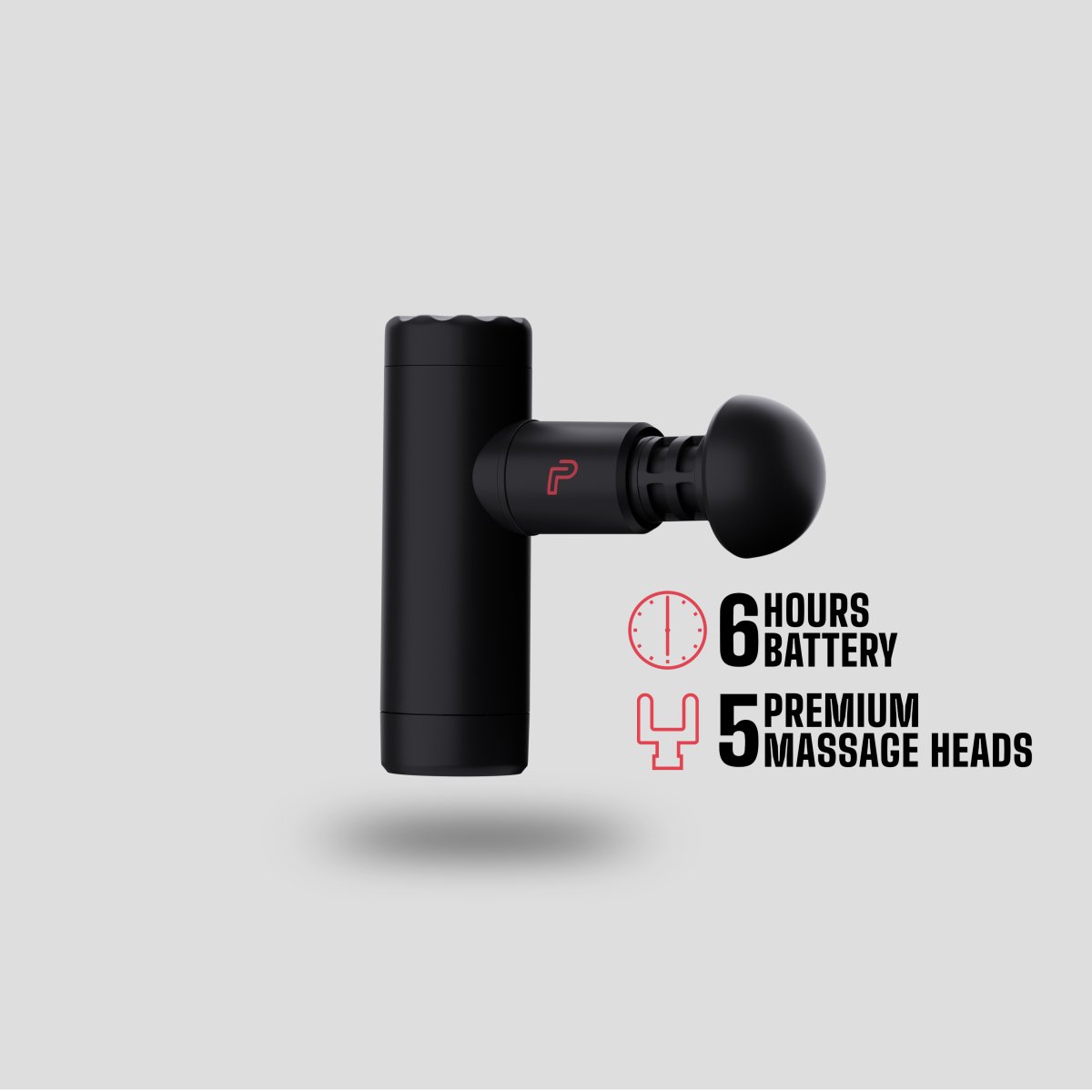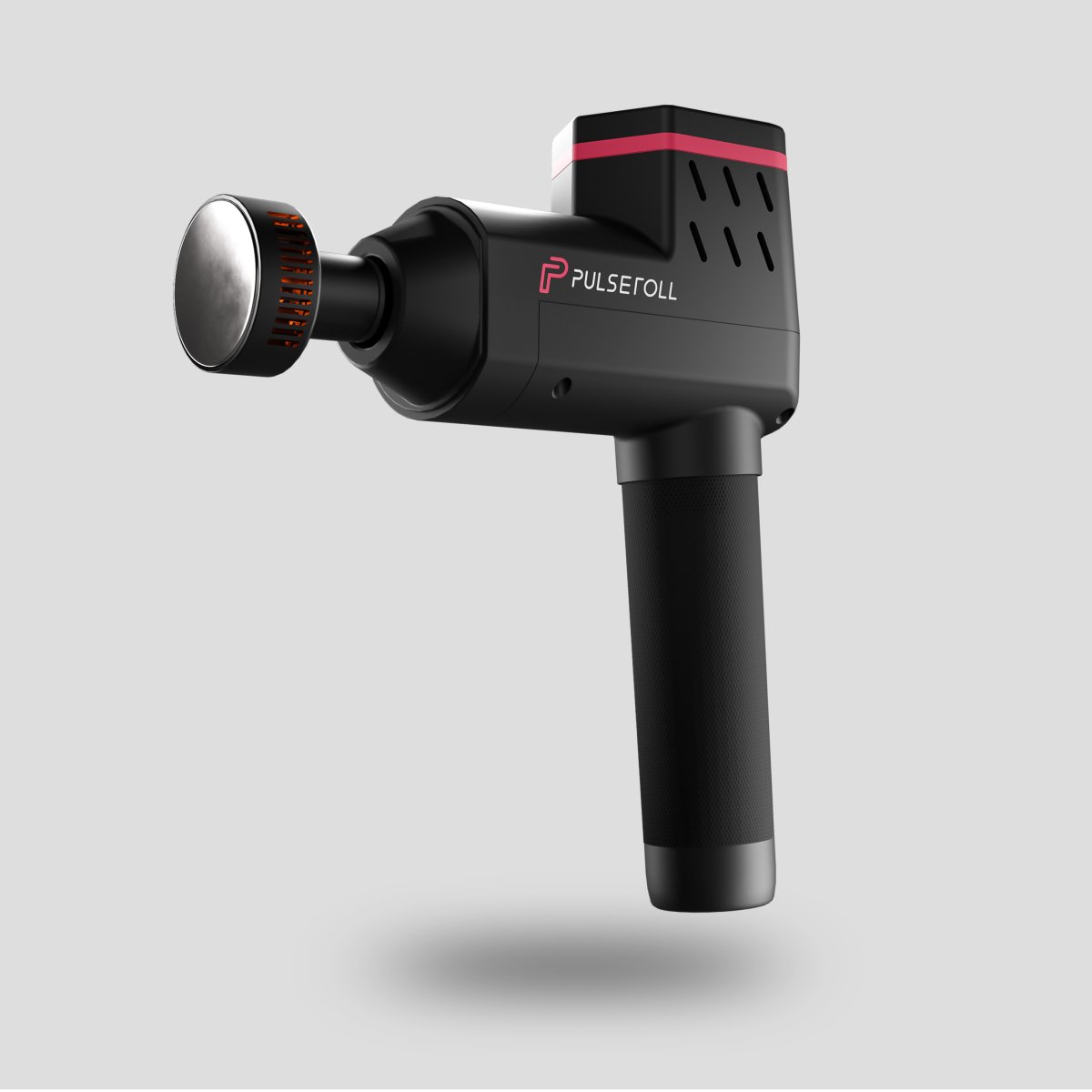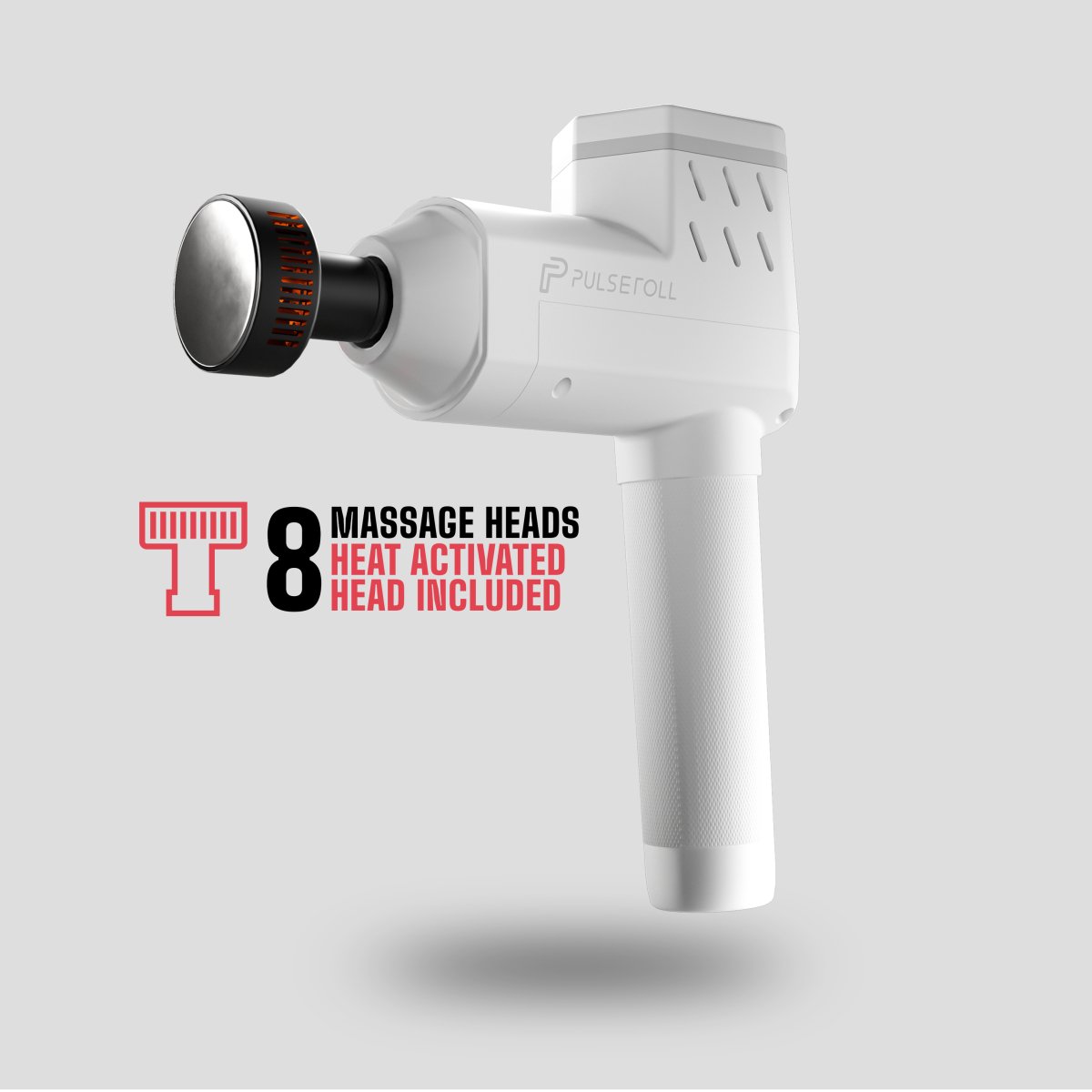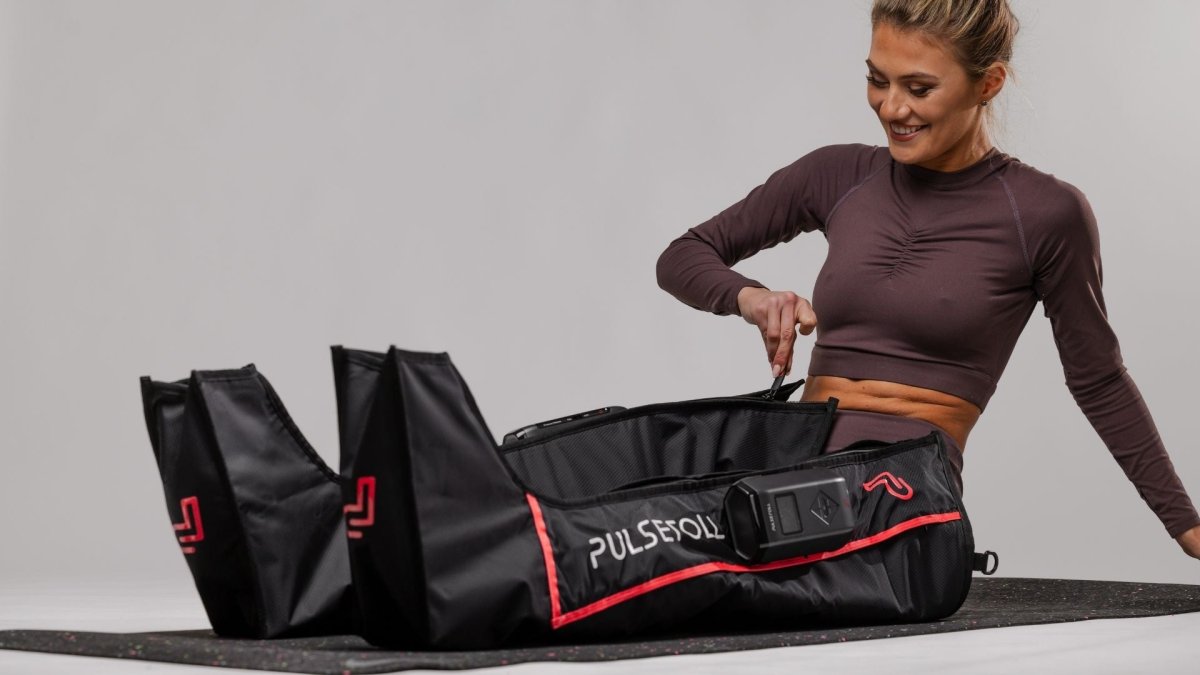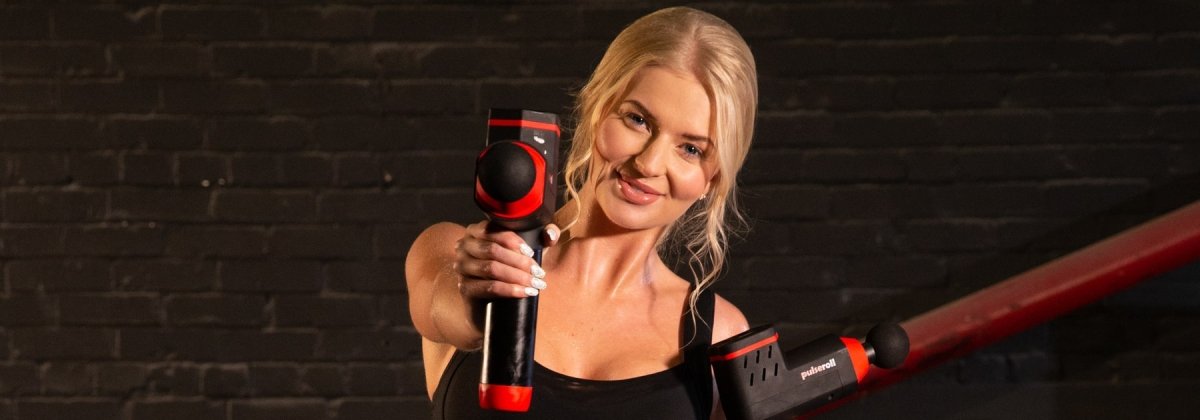Often, the hardest part is getting started! Finding the motivation to try something new can be tough, but we’re here to help you with everything you need to know about yoga for beginners.
There are different types of yoga and so many variations of yoga moves and techniques, so you’ll almost be spoilt for choice when it comes to designing your own routine.
What is yoga?
Yoga is a group of physical, mental, and spiritual practices. The general purpose of yoga is to focus on strength, flexibility, and breathing in order to boost physical and mental wellbeing.
It usually isn’t vigorous enough to count towards your recommended daily exercise, but it does count as a strengthening exercise. It also helps to improve balance by strengthening the lower body, as well as improving flexibility.
Yoga is accessible for just about anyone and you should never feel pain when performing yoga exercises. We’d always recommend consulting with a doctor before taking up any new exercise routines if you have any health conditions.
Different types of yoga
There are so many different types of yoga to try. Whether you want something more physically demanding or of a more relaxing style, you’ll be sure to find something that suits you. The top types of yoga include:
- Hatha yoga - Hatha yoga classes are a great option for beginners as they’re usually a lot slower than other yoga styles. Hatha classes are a classic approach to breathing and exercises. If you are new to yoga, this kind is a great entry point.
- Yin yoga - Yin yoga is a slow-paced style of yoga with seated postures that are held for longer periods of time. Yin can also be a meditative yoga practice that helps you find inner peace.
- Restorative yoga - Restorative yoga focuses on winding down after a long day and relaxing your mind. This style focuses on body relaxation. Restorative yoga also helps to cleanse and free your mind.
- Hot yoga - Hot yoga or Bikram yoga is performed under hot and humid conditions, resulting in considerable sweating. Some hot yoga practices want to replicate the heat and humidity of India. The heated environment helps to prepare the body for movement and to remove impurities.

Getting started
It’s important to release any expectations when starting something new. You probably won’t be able to touch your toes after one session so don’t be too hard on yourself!
Make sure to focus on your breathing. Simply starting to notice your inhale and exhale can help with better sleep and reduced stress. Even if you can’t do some of the complex poses, making the effort to notice the breath will be equally as beneficial.
It’s a great idea to find beginners yoga classes as well as finding out basic poses to get started. There are so many useful guides online to help you at home.
Muscle recovery

Try using recovery tools as part of your yoga routine as well as post-workout recovery.
A foam roller can be hugely beneficial for relaxing the muscles and easing any soreness. Foam rolling can help to improve flexibility over time, which is exactly what you’d want when performing yoga routines as it helps with better form. Try incorporating foam rolling into your daily routine to see the best results over time. You should notice increased flexibility and better range of motion, as well as a decrease in general aches and pains.
Take a look at the full range of muscle recovery tools in our shopping hub.






